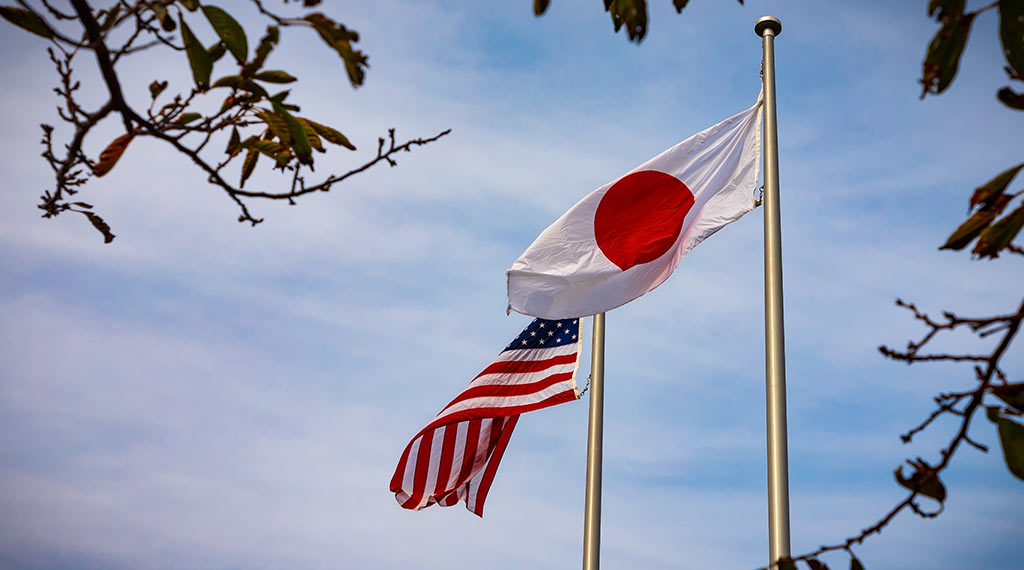
It’s exhilarating that Japanese leaders are talking about spending much more on defense and improving the nation’s defense capabilities. But they are short on specifics, and with communist China out looking for a fight, it’s dangerous to hope Japan figures things out at its own pace.
The Americans, who shoulder the heaviest load in defending the Indo-Pacific region, need the Japanese to do certain things on the defense and security fronts.
What Does Washington Need?
Put simply, the United States needs a Japan Self Defense Force (JSDF) that can fight a war alongside and inter-linked with U.S. forces.
This requires four main things (for starters):
- A JSDF that is adequately funded, equipped, fully manned, and able to fight.
- A JSDF that can operate jointly—or, in other words, Japan’s air, sea, and ground forces can operate together.
- Much better interoperability with U.S. forces, to include a joint Japan-U.S. operational headquarters in Japan—rather than expecting to “wing it” when something happens.
- The ability to train U.S. forces in Japan (to defend Japan) without undue restrictions.
The U.S. and Japanese militaries have, mostly on their own senior leaders’ initiative, made some progress in the last few years—doing more joint training of a more realistic sort, and much of it in the south, where a war is likely to be fought.
But more is needed, which requires the Japanese government and the civilians who control the JSDF to direct and ensure the necessary improvements.
The late former Prime Minister Shinzo Abe deserves much credit for pushing through revised U.S.-Japan defense cooperation guidelines and reinterpreting “collective self-defense.” These allow Japan to play a bigger role in its defense and be a more useful ally to U.S. forces—if it wants to.
But in terms of concrete improvements to both JSDF capabilities and Japan-U.S. operational capabilities, Abe came up short. His successors have said plenty of the right things—but “outcomes” are lagging.
There doesn’t appear to be any great urgency—despite the now widely recognized threat from the Chinese regime. Keep in mind that the so-called strike capability, which is now a hot topic in Japan, has been under discussion for at least the last 15 years. And building a replacement for the U.S. Marine Corps’ Futenma Air Station on Okinawa was first promised in 1998. Almost 25 years later, it isn’t close to completion.
One can’t entirely blame the Japanese for not being in a hurry. U.S. alliance managers—civilian and military—have never really pushed things and too often preemptively think up reasons why something or other is “too hard” for the Japanese to do.
However, the U.S. government has more influence on Japan’s defense policies than alliance managers seem to think.
They might usefully recall the advice Japanese leaders offered American officials around 1970 when the Americans wanted to permanently station an aircraft carrier at Yokosuka Naval Base in Japan.
- Trump’s picks signal tough China stance: expert - November 13, 2024
- Chosin Reservoir: China attacked. Colonel Grant Newsham, USMC (ret), author When China Attacks - November 13, 2024
- War involving US and China is likely: China analyst - November 13, 2024
